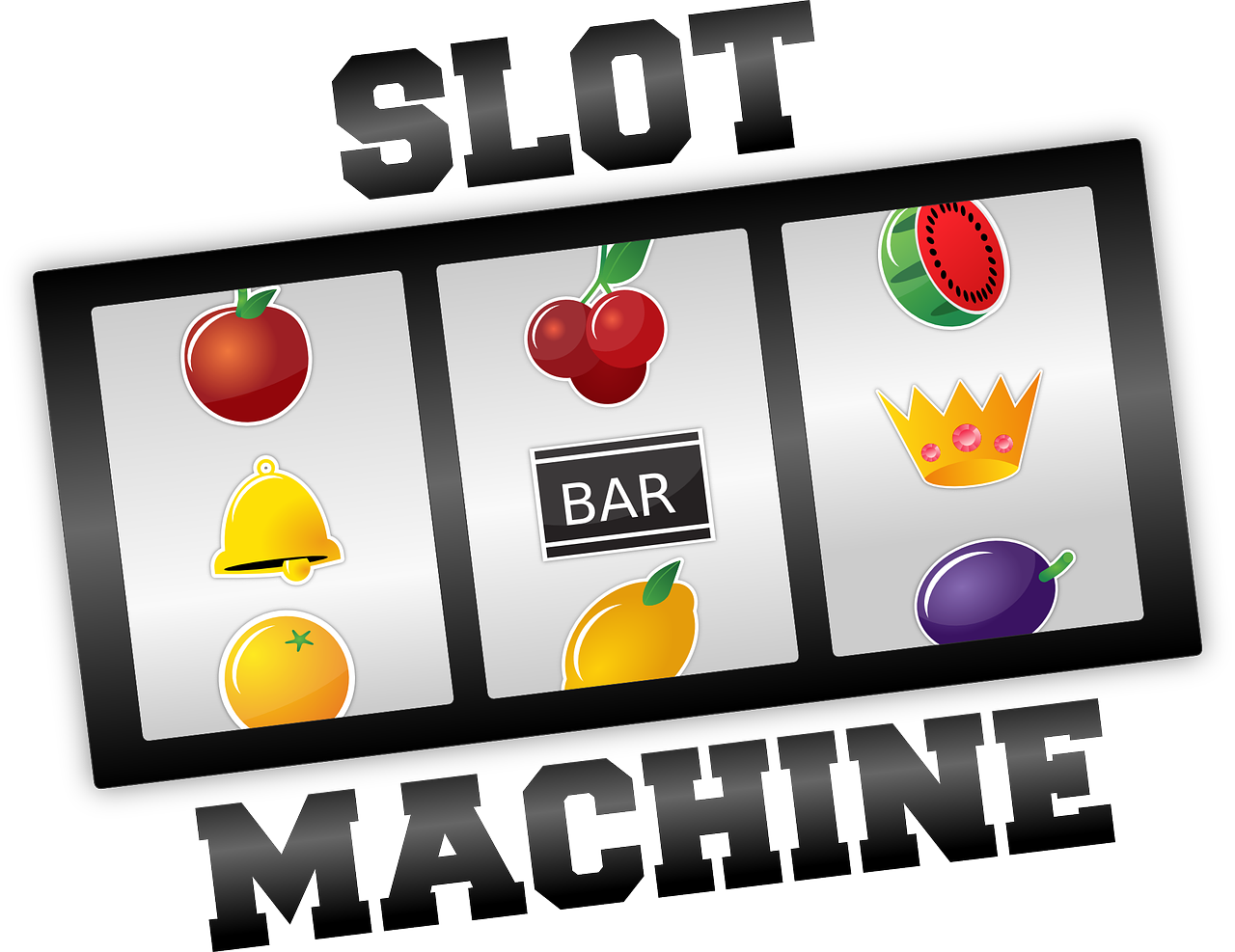Slot machines came from humble roots dating back to the 19th century and have grown and developed staggeringly since, eventually becoming one of the greatest assets to the wider casino industry. There’s no denying it; today, online slots make up pretty much a third of the total gambling activity across the globe, which is testimony to this market’s success. It’s no surprise either, if you check out the amazing online slots Goldrush UK which can be played at any time and from most places (internet connection permitting, of course). Due to the high demand for online slots gameplay, players have also seen a surge in the availability of mobile slots where reels can be spun from your smartphone on your morning commute, or even under your work desk! Not that we condone the latter, of course…
There’s one thing to note, however; one of the key factors in the surging popularity of the online slots market is the range of developers consistently working to improve slots and casino games year after year. There’s much to thank these leading companies for, especially when it comes to the aesthetics of our favourite online slot games. The graphics, of course, are one of the most important elements of a game and play a huge part in attracting players to a particular game. Interestingly, graphics were focused on much less in the industry prior to the first video slot in the 1980s, and that’s mostly because the early slot machines were mostly mechanical, so there was little that could be done to improve their appearance. Aesthetics were still important, though. In this article, we’re going to explore how slots graphics have evolved over time.
In order to get a well-rounded understanding of the evolution of online slots, we need to take you back to the beginning. The first and hugely exciting fruit machine was a mechanical one-armed bandit released in the late 19th century, by an American called Charles D. Fey.
This brand new, state-of-the-art (for its time) gambling machine was known as Liberty Bell; she proved to be very popular and this popularity flourished as she became widely appreciated across San Francisco and further afield. One of the main attractions to Liberty Bell was its use of attractive symbols such as liberty bells and playing card symbols. This is an example of how slot machine aesthetics were important, even back in the 1890s; influencing players as they do today in both offline and online slot machines.
Slots Gambling: A Golden Era
The Liberty Bell fruit machine’s popularity provided the drive for many businesses to recreate the brilliant one-armed bandit, and before long, California was chockful with slot machines. However, there was still one significant problem. Gambling was still an unlawful activity across most of the United States, which made it quite difficult for a full and genuine slots market to arise. After World War II, however, this changed, as cities such as Las Vegas pronounced themselves as gambling meccas. Coincidentally, slot machines began to rise, with hundreds of thousands of casino goers hooked before too long.
The era wasn’t described as the slot golden age for nothing; Las Vegas, amongst other places, witnessed an unprecedented rise in slots, casinos and enthusiastic gamblers seeking out an enjoyable reel-spinning session. Ultimately, the market became more competitive, and manufacturers were forced to make their games as attractive and appealing as they possibly could. This was another pivotal moment in the evolution of online slots; as aesthetics really came to the forefront in guiding the popularity of certain games.
The Introduction of Video Slots
By the time the 80s hit, casino slots had started to outnumber many other table games in many casinos; testament to their spiralling popularity. Developers were kept on their toes, for it was always possible that a competitor would make the next breakthrough and scoop up many gamblers. This happened, of course, with the introduction of the first video slot in the 1980s, making the world of slots even more intriguing and exciting than ever.
This is when graphics and aesthetics became a truly focal point. They were also relevant of course, but now, large video screens were appearing on many slots, giving off an appealing and modern impression. With these video screens came more and more bonus features too, so the buzz around video slots shot up.
Online Slots
Having the way paved for them thanks to video slots, online slots arrived at our screens in the 90s. This changed everything, and the gambling industry has never looked back.
Aesthetics now mattered more than ever. Software developers could develop many more online slots than land-based slots, so these games had to stand out. There was more competition than ever before. So, what’s the best way to attract gamblers? Make an online slot look amazing, naturally… with plenty of bonus features.
3D Slots Graphics
Soon, the likes of Blueprint Gaming and NetEnt introduced the potential for 3D slots, another key step in the evolution of the industry. We are so used to seeing 3D slots nowadays, but when they first launched, they were incredible and completely futuristic; an exciting prospect for any keen gambler.
Virtual Reality
So, we’ve seen an impressive evolutionary history for slot machines, but what comes next? The industry is not slowing down when it comes to slot game aesthetics. It seems that VR (Virtual Reality) is the next big thing, as it currently is in the video gaming industry, which holds many similarities. In order for VR to be effective, graphics must be absolutely perfect, clear and visually pristine. As soon as the greatest developers have mastered this, we’ve no doubt that we will be introduced to some incredible VR-based online slots.








